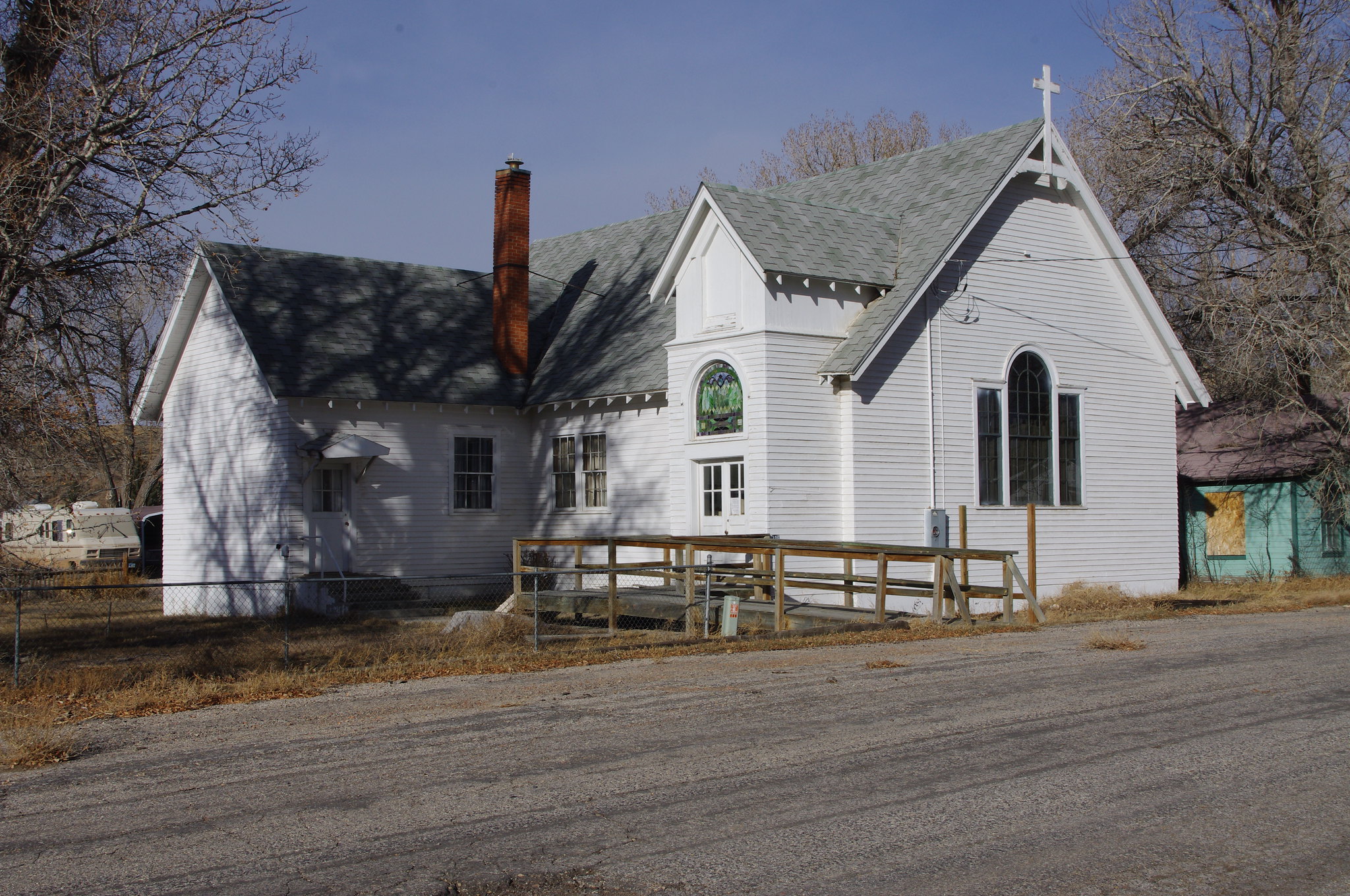Jerome Facher: If I were you I'd make it a point in that lunch hour I'd find a place that's quiet and peaceful and I'd be away from all the noisiness and insanity, have a sandwich read a magazine maybe listen on a radio to a game at Fenway if it was playing at the time and I'd make sure everyone knew that I didn't want to be disturbed in that hour of solitude because that would be my time my own private time which no one if they had any sense of any self-preservation at all would dare interrupt if I were you.Jerome Facher in A Civil Action.
I didn't post anything on it last week, but a few weeks ago I started a series of posts for the occasional Mid Week At Work series that went from what you wanted to do when you were young to what you ended up doing.
I think this is an interesting evolution. I look around at adults in all sorts of roles and I often wonder how they got there. As part of that, I wonder if they're disappointed, or resigned, or thrilled how things turned out. Part of the reason that I wonder that is I discredit most people who claim "I always wanted to be a . . . "
Part of the reason I discredit that is that, at least with most professions, I just can't believe its true. I hear, on odd occasion, a person claim "I always wanted to be a lawyer", which of course is my particular profession. That's ludicrous for the most part. I never recall a young kid or a young teen really saying that, although there was one such kid in my daughter's grade school. To the extent that I believe that I believe it only when a person comes from a family which has a lot of lawyers in it and that's what they know. In that case, however, saying "I always wanted to be a lawyer" equates pretty much with a person saying "I always wanted to be Ukrainian" if they were born in Kiev.
Anyhow, I do believe there are some occupations in which, when a person declares that they always wanted to do it, its true, but they're just a few. When men say, for example, that they always wanted to be ranchers, farmers, or cowboys, I do believe that. Or soldiers or policemen. It's something about the occupation that taps into something in our deep instincts, really. The key to those, I suppose, is that in many instances those sort of occupations have many more people who "always wanted" to do them, than actually do them.
So, for the many other occupations, I suspect, people come to them in some other fashion. They become engineers, doctors, lawyers, accountants, etc., etc., by some other route. At some point they fixed upon these occupations as they ones they'd do, or they fell into them by some circuitous route. Most people end up occupying some employment niche for a long time, often the better part of their lives. But most people probably didn't originally have that role as an aspiration. At some point, before entering whatever field they're in, they had some sort of conception of what it would be like.
Do those expectations meet reality? I'd guess in many instances they do not, but then in some they do. Some find their occupations much more satisfactory to themselves than others. Some find them disappointing. Most people become at least proficient in what they do, but what's their mental mindset about it? Is it "I'm so glad it worked out this way", or "I'm so disappointed that it worked out this way", or something in between.
I'm not asking that, but I'd ask instead, how closely did your ultimate career meet your expectations?






























